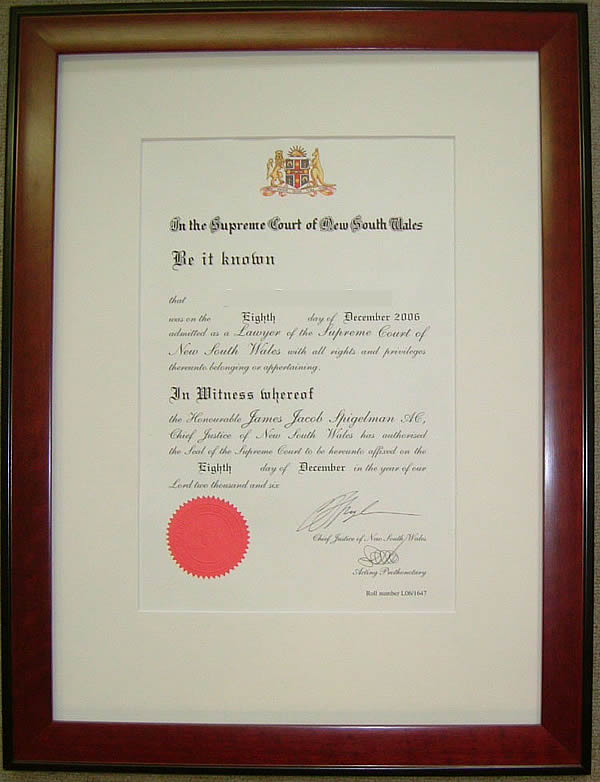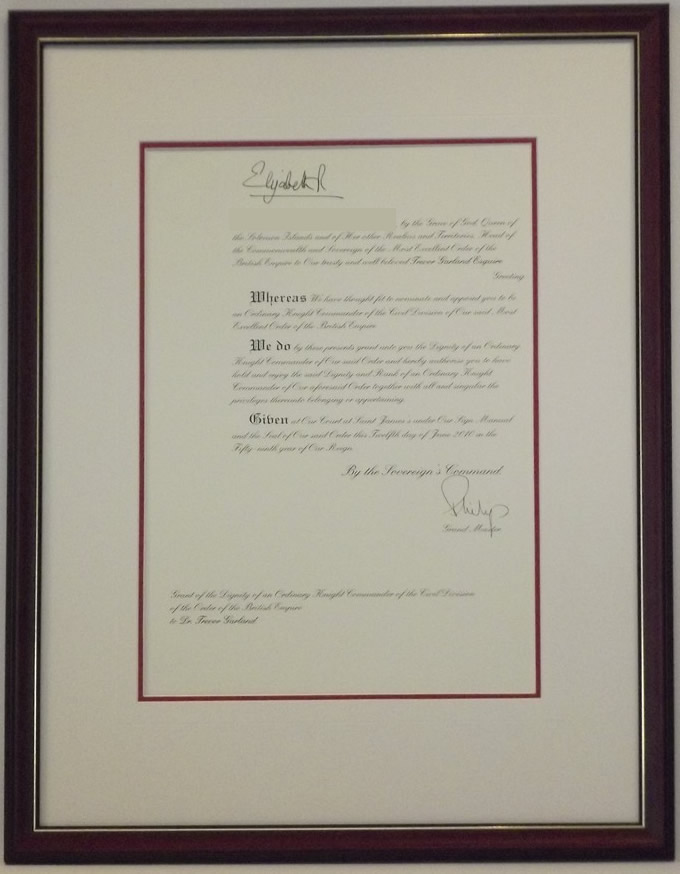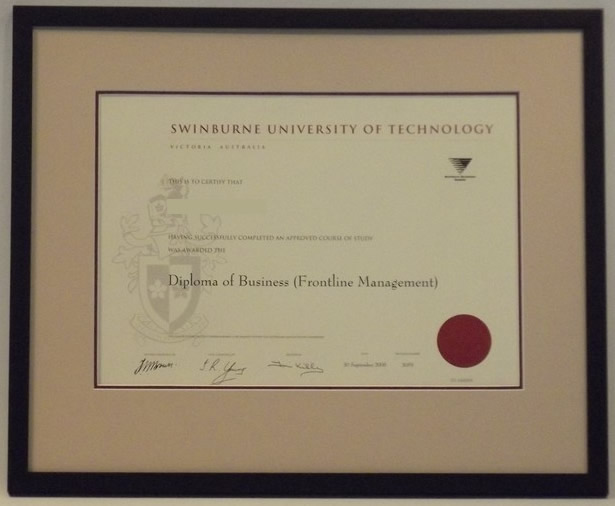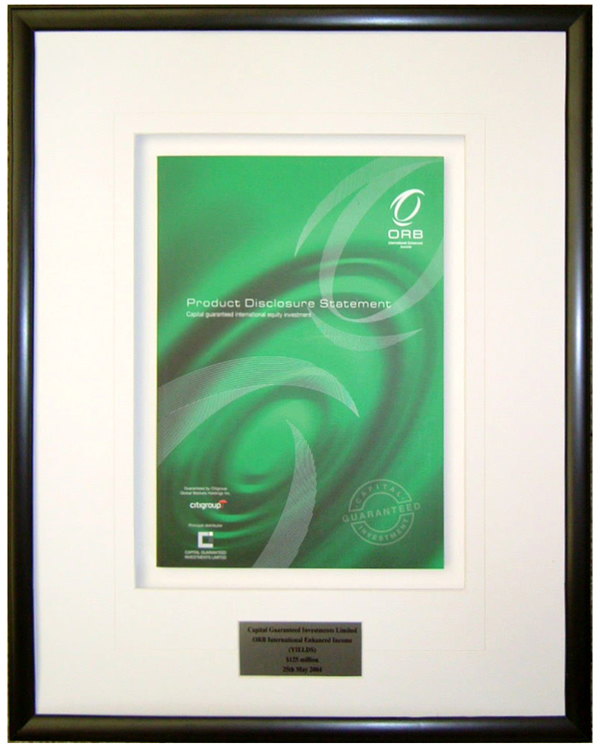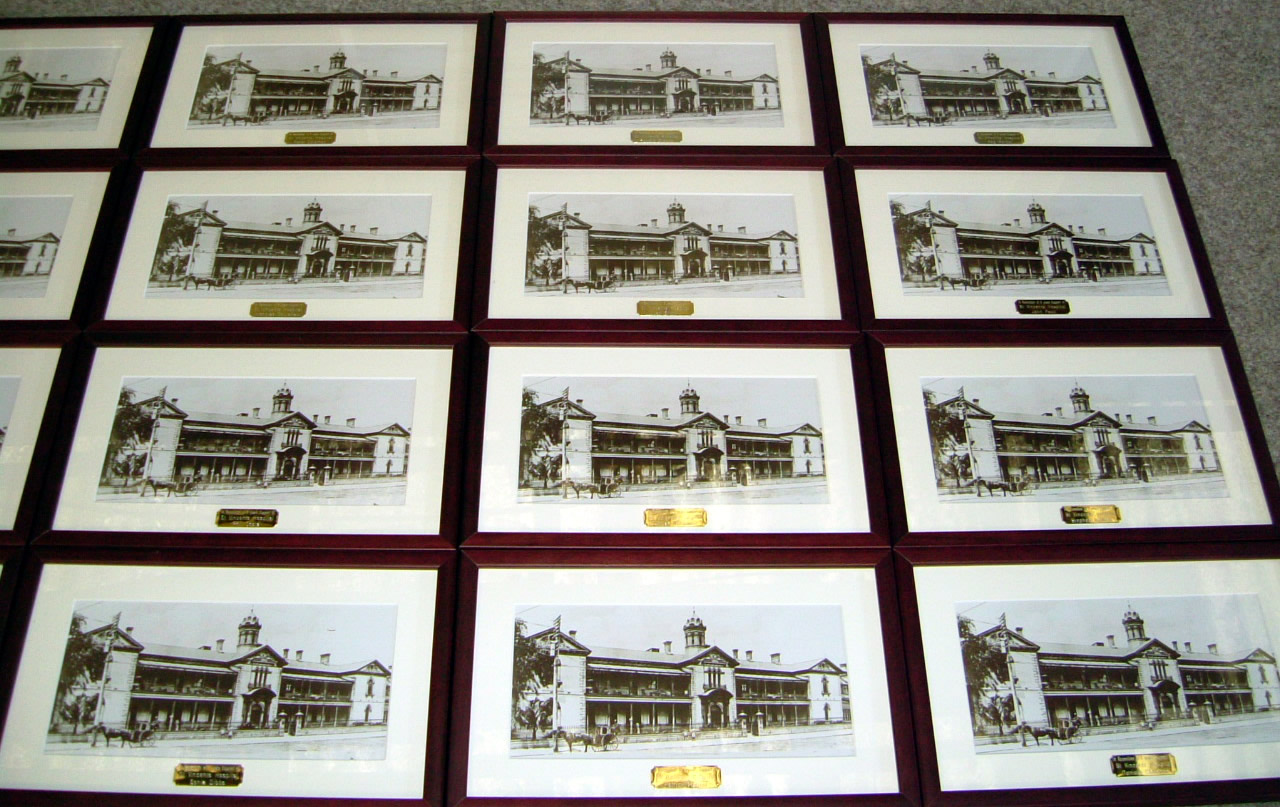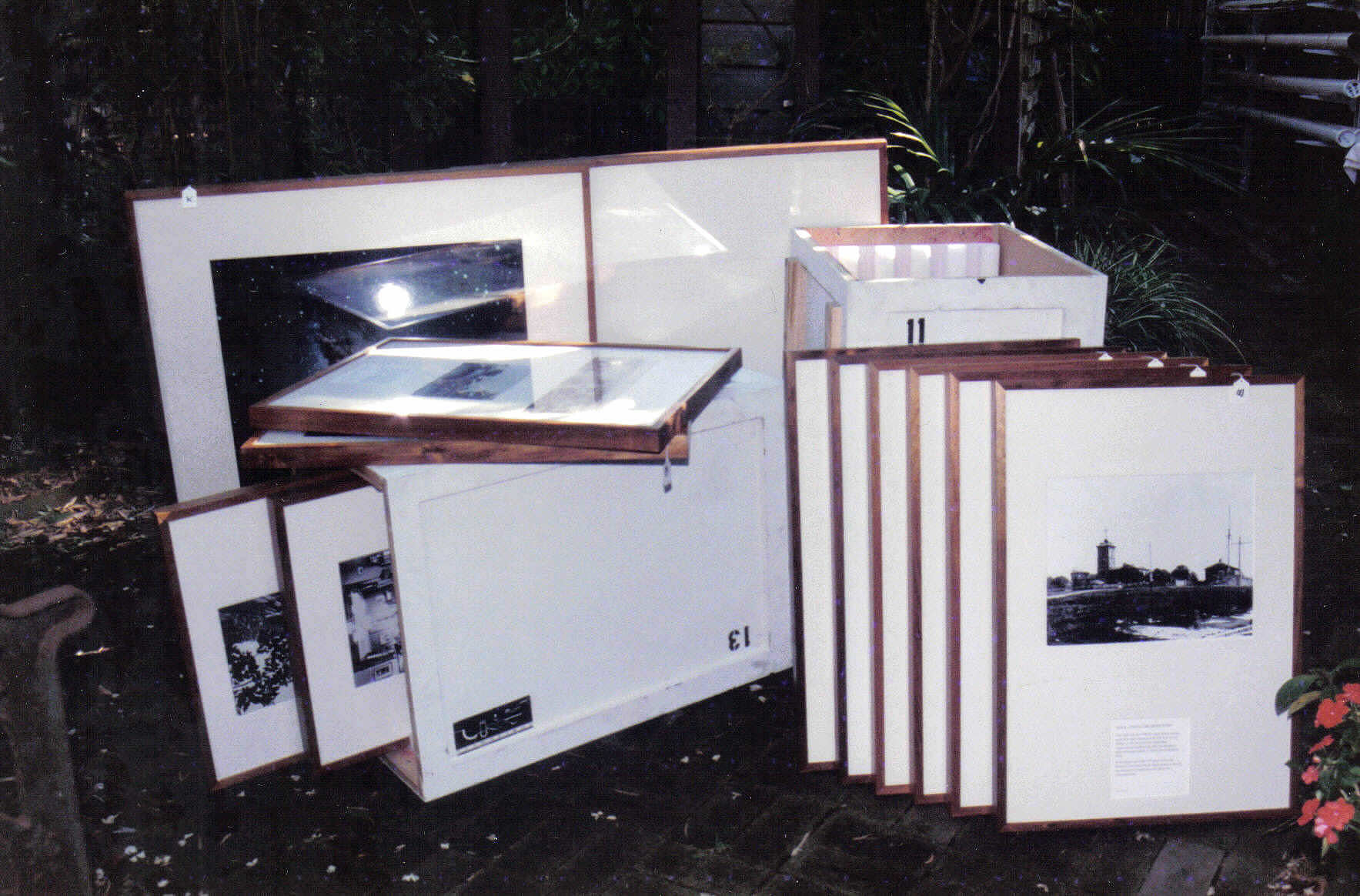Certificates are awarded in recognition of the achievement of some personal goal.
They often represent years of hard work and should be preserved as part of our personal archive.
Certificates are awarded in recognition of the achievement of some personal goal.
They often represent years of hard work and should be preserved as part of our personal archive.
Certificates are prone to two major issues:
POOR PAPER QUALITY.
As educational institutions try to meet shrinking budgets, so the quality of the paper gets worse. Many institutions now use laser printers or photocopiers instead of calligraphers, and then have the certificate laminated. (Even the OA is laminated).
BAD FRAMING.
All too often, when it comes to framing, they end up in the most boring and archivally inappropriate assemblies. They are glued or dry mounted to acidic backing, which results in decomposition and staining. If a mat is used, it is seldom acid free, giving rise to even more staining around the bevel edge.
Organising the replacement of certificates is expensive and time consuming. So it’s in your interests to consider archival framing.
The certificate is mounted on to acid free board, either with photo corners or paper hinges. An acid free 4 ply mat is hinged to this to provide and air gap of 2mm between the certificate and glass. This prevents the printed matter fusing to the glass. (See diagram).
Certificates usually have small traditional black and gold frames, but many other mouldings are available. An acid free fomecore back together with glass of various qualities completes the framing. Today we have UV filtering glass to prevent fading.
As certificates often need to be produced throughout our lives (job applications etc.) we add a photocopy in an envelope on the back, or scan and send you the file to keep somewhere safe.
Design your certificate with the cost of framing in mind:
For information on framing certificates together with medals, see our section “medals and awards”.

